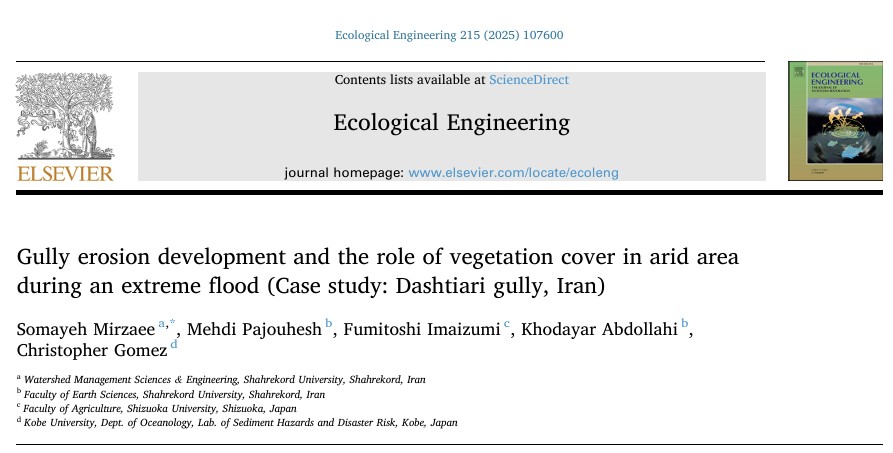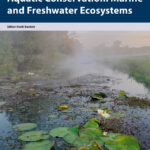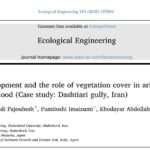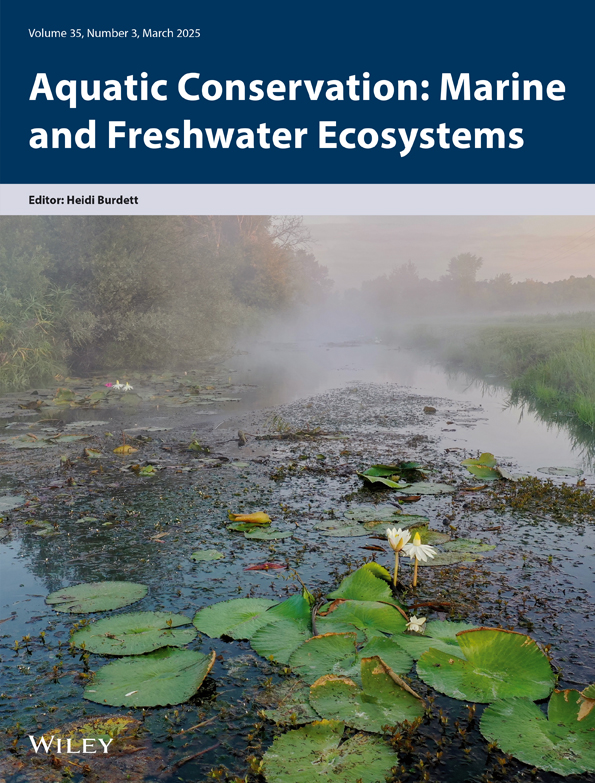This study constructs a hot-spot analysis to explore the relationship between extreme floods and the dynamics of gully erosion in the Dashtiari region of southeastern Iran, specifically within a 6 km^2 area along the coastal ecosystem of the Oman Sea. Utilizing UAV-photogrammetry, we assessed the impact of a significant flood event in January 2020, characterized by 113 mm of rainfall and a 200-year return period. Our analysis revealed a total of 5198 samples collected across various channel sections, with average elevation changes of 3.4 m downstream, 2.7 m in the middle stream, and 2.8 m upstream of study area. The most substantial morphological changes were found in the downstream area, with bankside and bed measurement changes of 2.9 m and 3.8 m, respectively. Furthermore, the analysis indicated that the downstream section exhibited a 31 % greater elevation change compared to the middle stream. The role of vegetation cover was also evaluated, showing that sedimentation rates were significantly higher within 1 m downstream of trees compared to distances of 3 m and 7 m at upstream of trees. The results revealing that as the distance from the tree increases, sedimentation decreases in both upstream and downstream directions. Despite the overarching influence of erosion, sedimentation emerged as a dominant process downstream. Statistical analyses confirmed significant differences in channel dynamics at a 99% confidence level, highlighting the complex interplay of hydrological and geomorphological factors in gully erosion dynamics. These results underscore the importance of vegetation cover in mitigating erosion and highlight the need for in-depth analysis to address adverse impacts on the environment and local communities.
New paper on Gully erosion in Iran has just been published in Ecological Engineering (IF 4.29)











